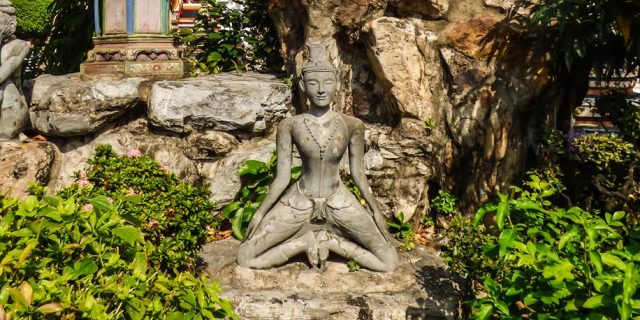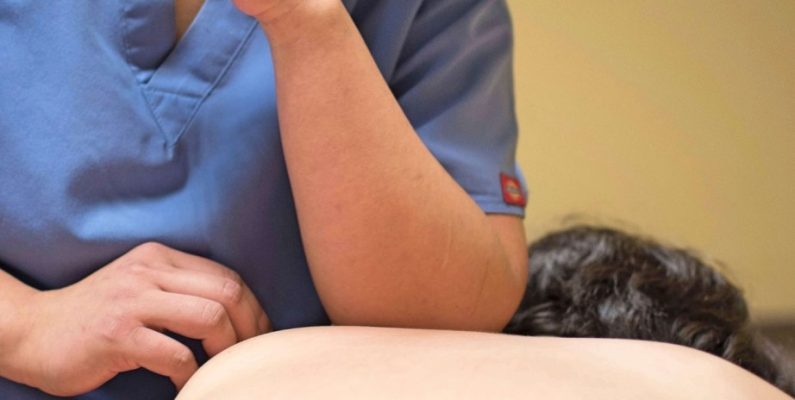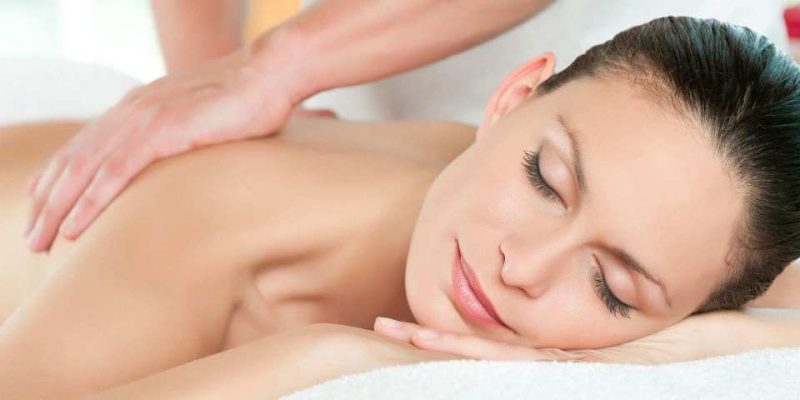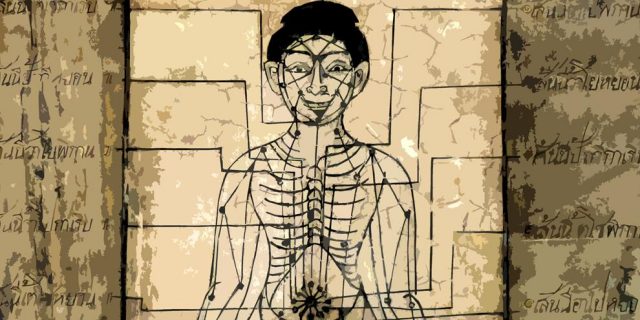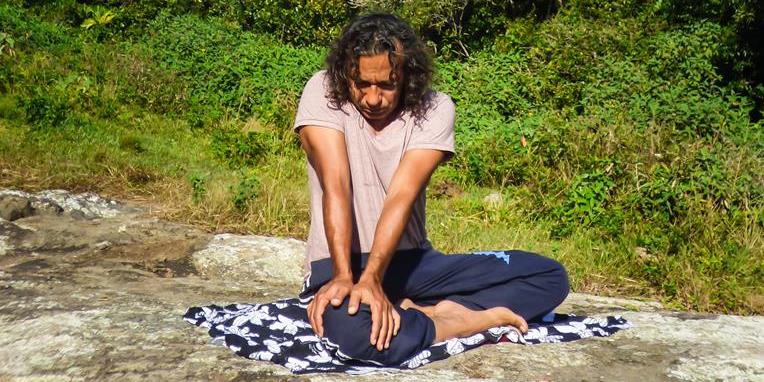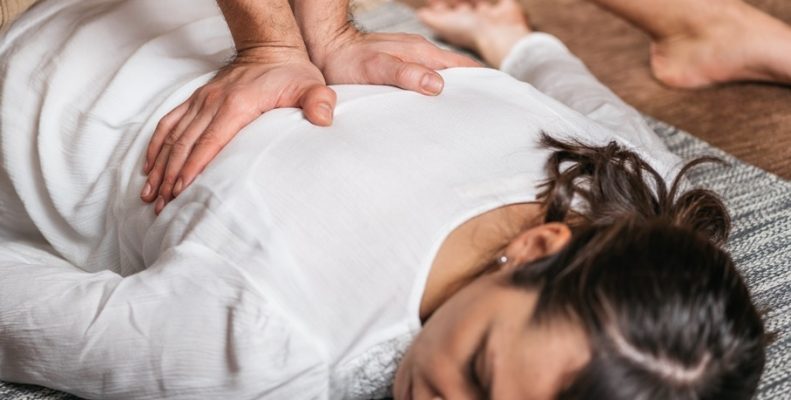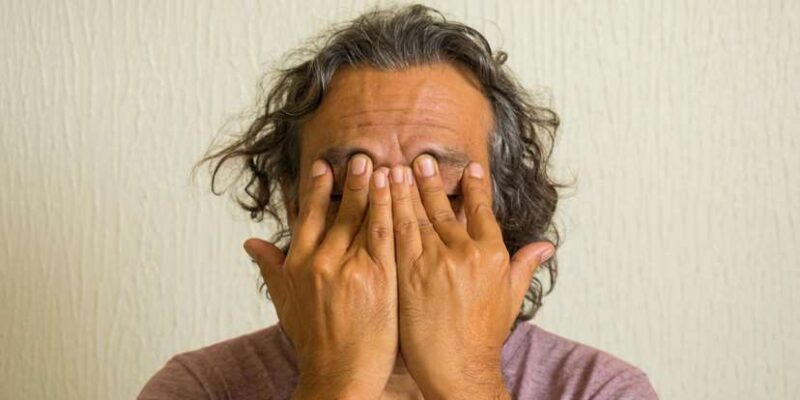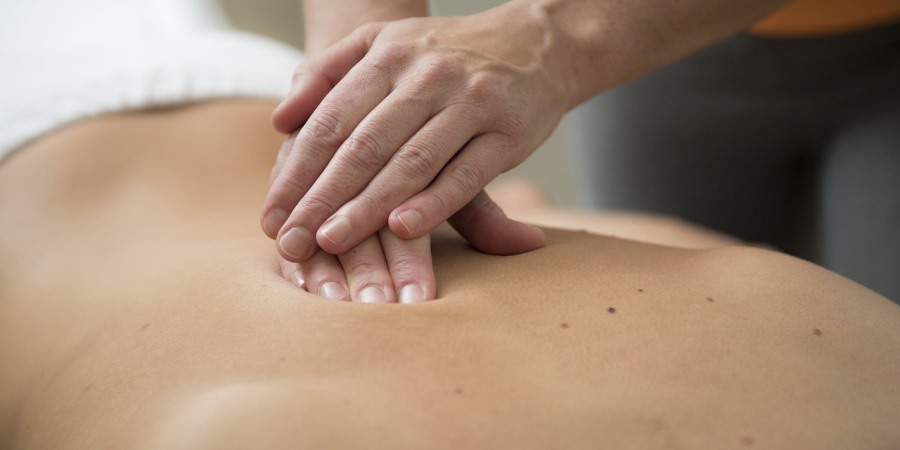
Massage comes with touch, is in many ways touch, and the sort of touch used in massage comes with closeness, togetherness, and a certain type of intimacy. Moreover, massage is an activity as old as the history of mankind and it’s supposed to be gentle, kind, loving, nurturing, and healing.
2. Emotional Intimacy
3. Therapeutic Genital Treatments
4. Traditional Intimacy Aspects
5. Intimacy in the Classroom
1. Physical Intimacy
To help, support, and heal people, massage therapists need to understand the reasons why their clients visit them. There are a variety of motives and one of those is the fact that many people just miss to be touched physically – fully and wholly.

In our fast-paced societies tenderness, friendliness and warmth have practically become luxuries and some clients haven’t been touched kindly or closely for many, many years already. And let’s not forget – loving, compassionate, and caring touch can work miracles.
Massage therapists need to support this type of demand with integrity, and act carefully, responsibly, and sensibly while giving their sessions; the last thing any client needs is to experience a feeling of abuse. On the contrary, the client needs to feel a safe and trusting space being able to open-up, relax, and let go genuinely.
In addition, it’s advised to ask beforehand if a client has no objections to touching or massaging the belly or buttocks, for instance. For therapists this may not seem very “intrusive” and just a normal part of a massage session, but for many clients this is experienced as quite intimate.
Another issue with intimate connotations is the fact that some clients feel ashamed of their bodies or certain body parts. They may have an erroneous idea about their ‘ugliness’ or they may have actual malformations or illnesses. Here also, therapists need to respect these kinds of feelings and nurture the right space for their clients.
2. Emotional Intimacy
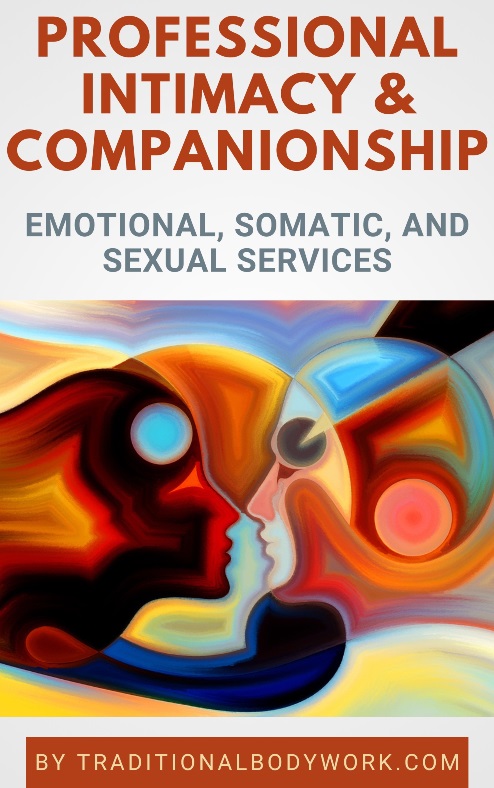
Especially with therapeutic Thai Massage, the sessions will almost always first start by talking intensively with the client. As it is, many physical health problems have a mental, psychological, or emotional background – partially or even fully – and this needs to be assessed and clarified in order to render a treatment successful.
With emotional issues, various aspects of confidentiality, privacy and trust apply, and what is said and talked about during the treatment should stay within the boundaries of that session.
Sometimes Thai Massage therapists are almost counselors and they to be very careful and know well where the limits and limitations are with regard to giving psychological advice or guidelines.
3. Therapeutic Genital Treatments

With therapeutic Thai genital massage treatments such as for instance Thai Karsai Nei Tsang Genital Detox Massage, Jabkasai, or Thai Womblifting, the masseur will need to handle a very specific realm.
The client comes for genital or sexual healing and it means that the therapist will necessarily touch and manipulate the private and intimate parts. Here it’s of absolute necessity that the goal of the session is very clear beforehand and that strict boundaries are set for both sides.
On the other hand, certainly with therapeutic genital massage and bodywork treatments, the therapist also needs to give the client the environment for a guilt-free experience of natural surfacing feelings of arousal or even a sexual orgasm, without giving the client the feeling that it’s something wrong or to be ashamed of.
4. Traditional Intimacy Aspects
It’s interesting to see how traditionally in Thailand aspects of intimacy and politeness have always had a pivotal role when giving a massage.
Even today, there exists a separate style of doing Thai Massage, called Thai Royal Massage or Rajasamnak Style, which specifically addresses the treatment of special or famous persons, VIPs, or members of the Thai Royal Family or ruling class.
This particular style, for instance, teaches the therapist to take a certain physical distance from the client, to do the massage solely crawling on the knees, use the thumbs only, to not face the client, not to move over him or her, not to do impolite wide-ranged stretches (or not do them at all), and more…
This all in contrast to so-called Rural Style or Chalosiak (Common Style) Thai Massage which is much more liberal and intimate, and where the therapist can freely use thumbs, palms, arms, knees, feet, elbows, that is – any part of the body – giving pressure or acupressure. Here, the masseur often works very close to the client’s body, and stretches and lifts are an integral part of the treatment.
5. Intimacy in the Thai Massage Classroom
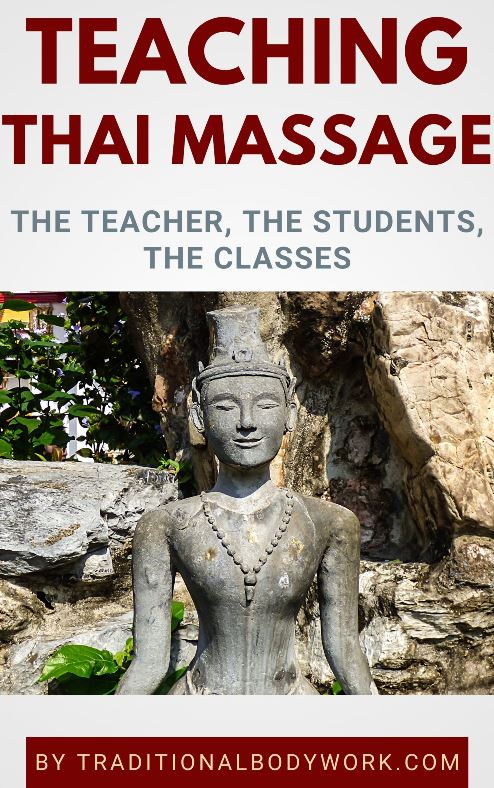
Finally, I’d like to address another realm in which intimacy aspects play an important role. You see, when we give Thai Massage training courses or receive those, we necessarily work with people that touch each other intensively and frequently.
Both students and teachers need to be aware of the dynamics and risks involved here, and be clear about the boundaries. Some teachers address this issue explicitly before the training starts, other teachers only assume implicitly that the space of the classroom should be a safe one.
In any case, the Thai Massage classroom is a space and place of learning, not of emotional, sensual, or sexual release, although here also… emotional release may happen spontaneously, and a competent Thai Massage teacher needs to handle those instances appropriately.









